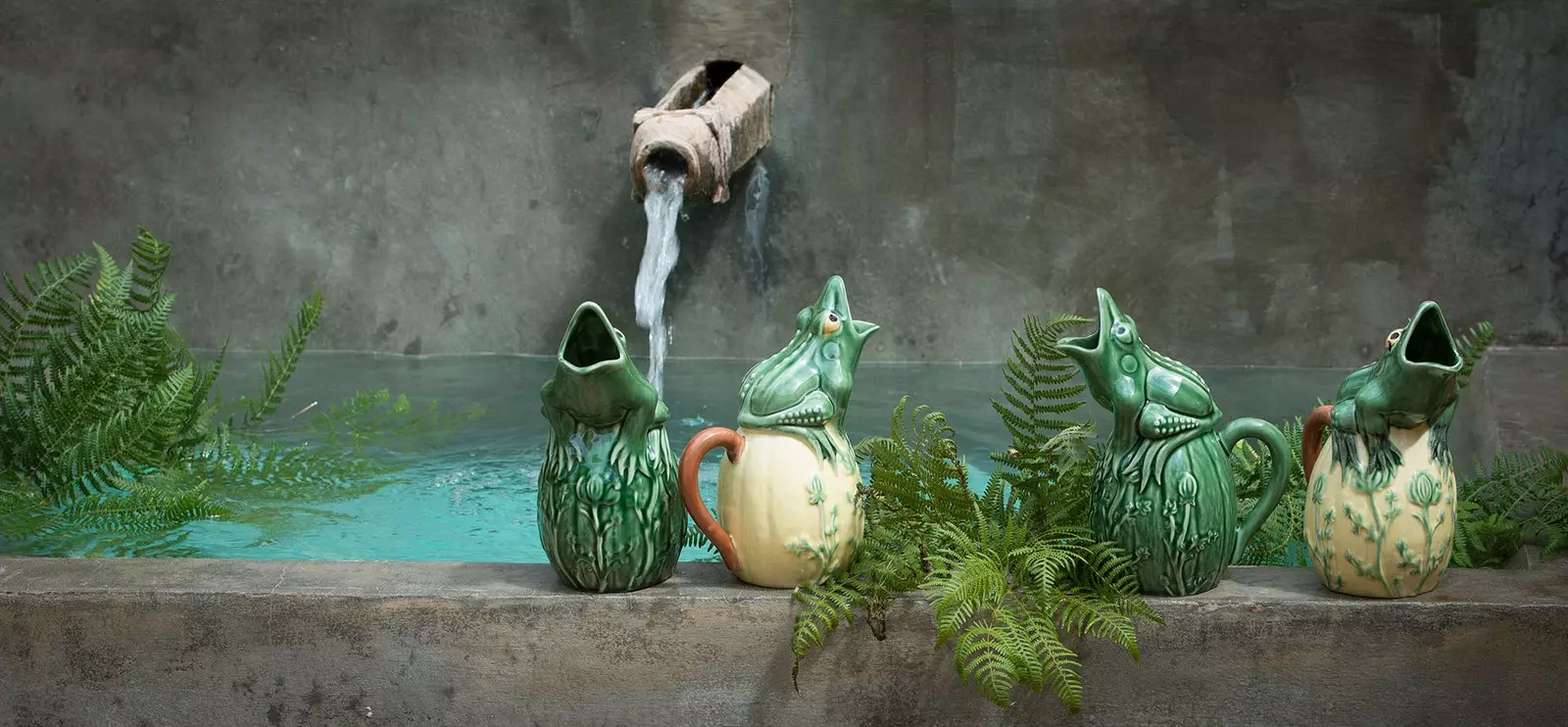
You know his funny ceramic legacy, but do you know the story of Rafael Bordallo Pinheiro?
Cabbage-shaped dishes, a tureen in a pumpkin, bowls that are tomatoes, vegetables and vegetables transformed into containers from which a frog or a lizard peeks out. The bright colors and the relief give shape to a food caricature that has become properly Portuguese.
But the intention of the creator of it went beyond aesthetics. Rafael Bordallo Pinheiro was a prolific and innovative artist who, during the second half of the 19th century, developed his activity in journalism, decoration and ceramics. In all facets of him he stood out as an agitator.
He had a solid training. He combined his love of theater with the Academy of Fine Arts in Lisbon. There he studied design, architecture and drawing. He came to exhibit in the hall of the Promoter Society, but he was not looking for an official career. Bordallo, restless, wanted to promote change through humor.
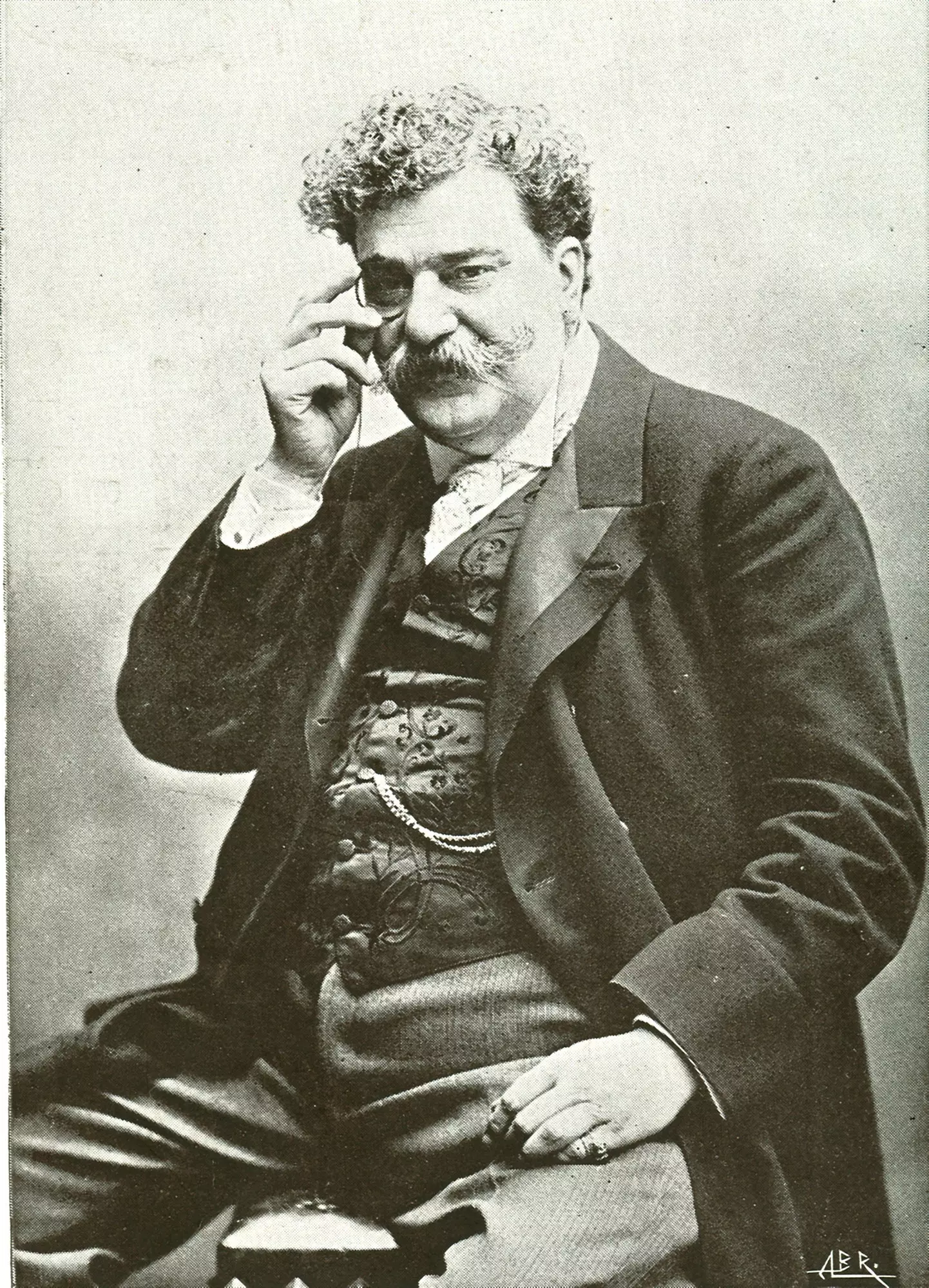
Portrait of Rafael Bordallo PInheiro (1846-1905).
At the age of twenty-six he began his journalistic career. He founded publications such as A lantern magica, Antonio Maria or A parody, which were harassed by constant conflicts with the authorities. and, sometimes, forced to close by censorship.
in all of them Bordallo attacked the political and social order from his articles and illustrations. His characters Zé Puivhno and Maria Paciência embodied the oppressed Portuguese people in front of the sacristan, the policeman or the priest who takes tobacco. In the Album das Glórias he caricatured celebrities and authorities and, in one of his series, he represented Portuguese politics as a monstrous sow and the financial world like a big hungry dog.
The writer Eça de Queirós, with whom he had a close friendship, stated: “Many times laughter is a salvation. In politics, at least it is an opinion.”
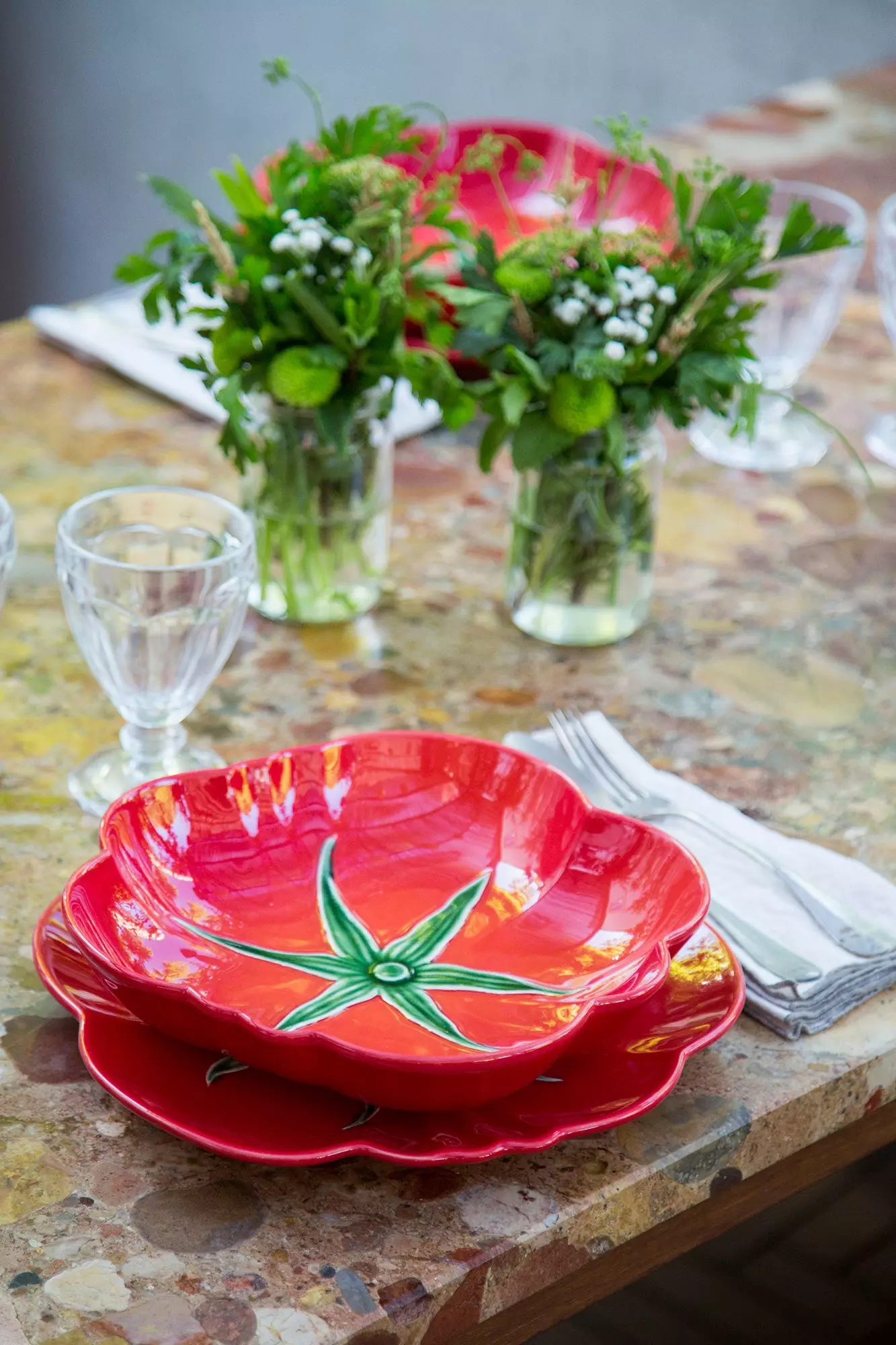
A little joy and a sense of humor at the table are always welcome.
Parallel to his activity in the press, Bordallo was one of the innovators of the applied arts in Portugal. He was part of the Grupo do Leão, which brought together artists and sculptors who fought against academicism. Rafael proposed a fusion of the Portuguese tradition with art nouveau, which was triumphing in Europe at the end of the 19th century.
His opportunity came from the hand of his brother Feliciano, who suggested he take over the artistic direction of the Caldas da Rainha ceramics factory, near Lisbon. Bordallo carried out a technical training trip that took him to England, France and Belgium. At the Universal Exhibition in Paris in 1889, marked by the construction of the Eiffel Tower, he decorated the Portuguese pavilion. His success was resounding. He won a gold medal and the French government awarded him the Legion of Honor.
The intervention was based on the tile coating. His style was based on historical styles, such as Manueline or Mudejar, which he reinterpreted in a modernist key. Thus, his plant and animal motifs refer to symbols cultures that, through enamel, color and technique take on new forms.
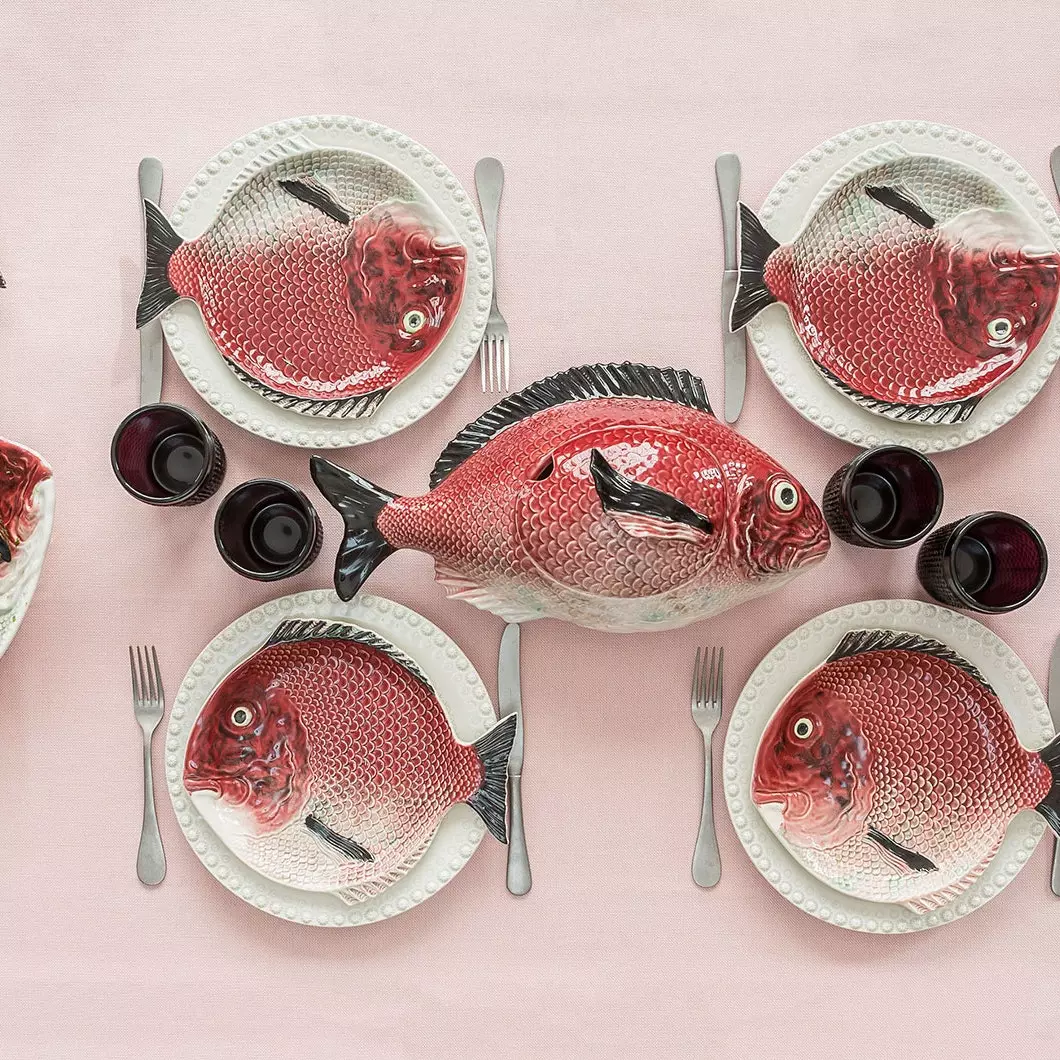
Bordallo Pinheiro used humor for social and political vindication.
In the project of it for the decoration of the Tabacaria Monaco, which can still be seen in Rossio square, he covered the walls with tiles on which frogs smoke and read the newspaper between herons and water lilies.
The artist left hundreds of ceramic molds in the Caldas da Raihna factory. These include exhibition pieces, such as the eight-foot-tall Beethoven jug, but also small figures representing the characters that populate the caricatures of him.
It is probable that his clientele, the thriving bourgeoisie of the end of the century, did not capture the critical spirit that Bordallo projected in his works. existed a naturalistic tradition in European earthenware that gave saucers or tureens the shape of game or animals. But the garden had never been transferred to the table.
In his tableware, Bordallo departed from the products that could be found in the humblest houses: cabbages, radishes, a fish or a cabbage. That these basic foods were transformed into tableware at the banquets of the Lisbon bourgeoisie was an irony in itself. The success of his proposal was due to the interest that arose at the time for the picturesque and the surprising. The very contrast that Bordallo used as criticism was assimilated from eccentricity and play.
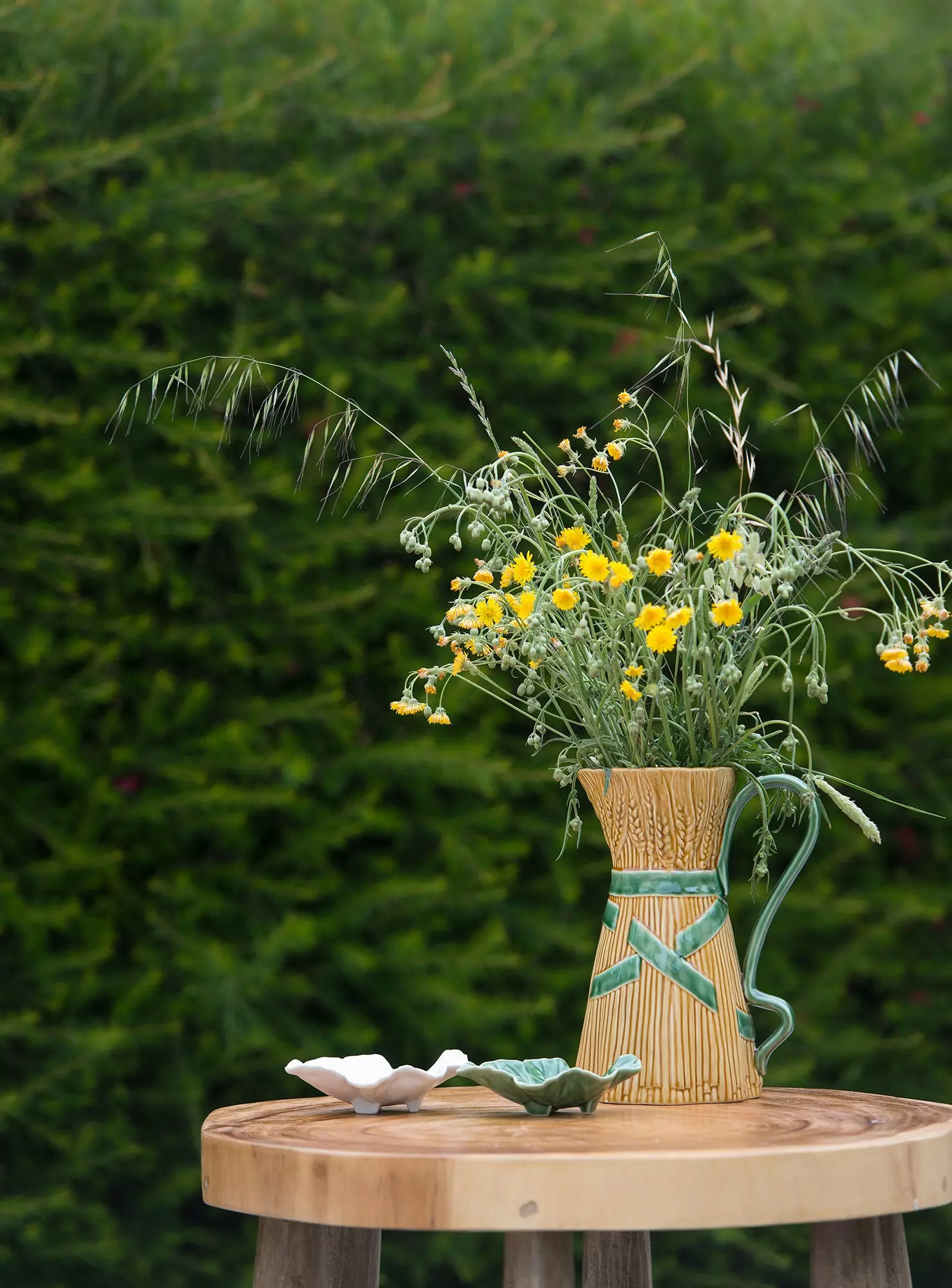
Bordallo Pinheiro's pieces fill the house with joy (but they mean much more).
In 1916, the Bordallo Pinheiro Museum, dedicated to the figure of the artist, opened its doors in Lisbon. After his death, his son Manuel Gustavo kept the family legacy, which began to be managed by the workers as a cooperative. The 2008 crisis led to the purchase of the Vista Alegre group, which has maintained the naturalistic and ironic spirit of its founder.
This alliance has given a new vigor to production, as shown the collection resulting from the work between Bordallo Pinheiro and the Brazilian NGO Ecoarts Amazônia. Each piece has been developed from specimens of the Amazonian flora. A part of the proceeds will be allocated to the reforestation of the Mato Grosso area, through the planting of native fruit trees in towns, rural areas and indigenous villages in the region.
The new impulse has as its symbol the sardine, one of the iconic works of Bordallo's artistic legacy, which has been reinterpreted in a collection of 80 pieces. Spanish artists and illustrators such as Abe the Ape, Guille García-Hoz, Gonzalo Muiño, Agatha Ruiz de la Prada and Andrea Zarraluqui have participated in this project.
Sardines are also protagonists in the Surf centerpiece, designed by the artist Joana Vasconcelos. These, arranged in a circle like in a water musical from the golden age of Hollywood, serve as a surfboard for frogs willing to break the waves. It is probable that this piece manifests, more than any other of the new additions to the collection, Bordallo's corrosive humor.
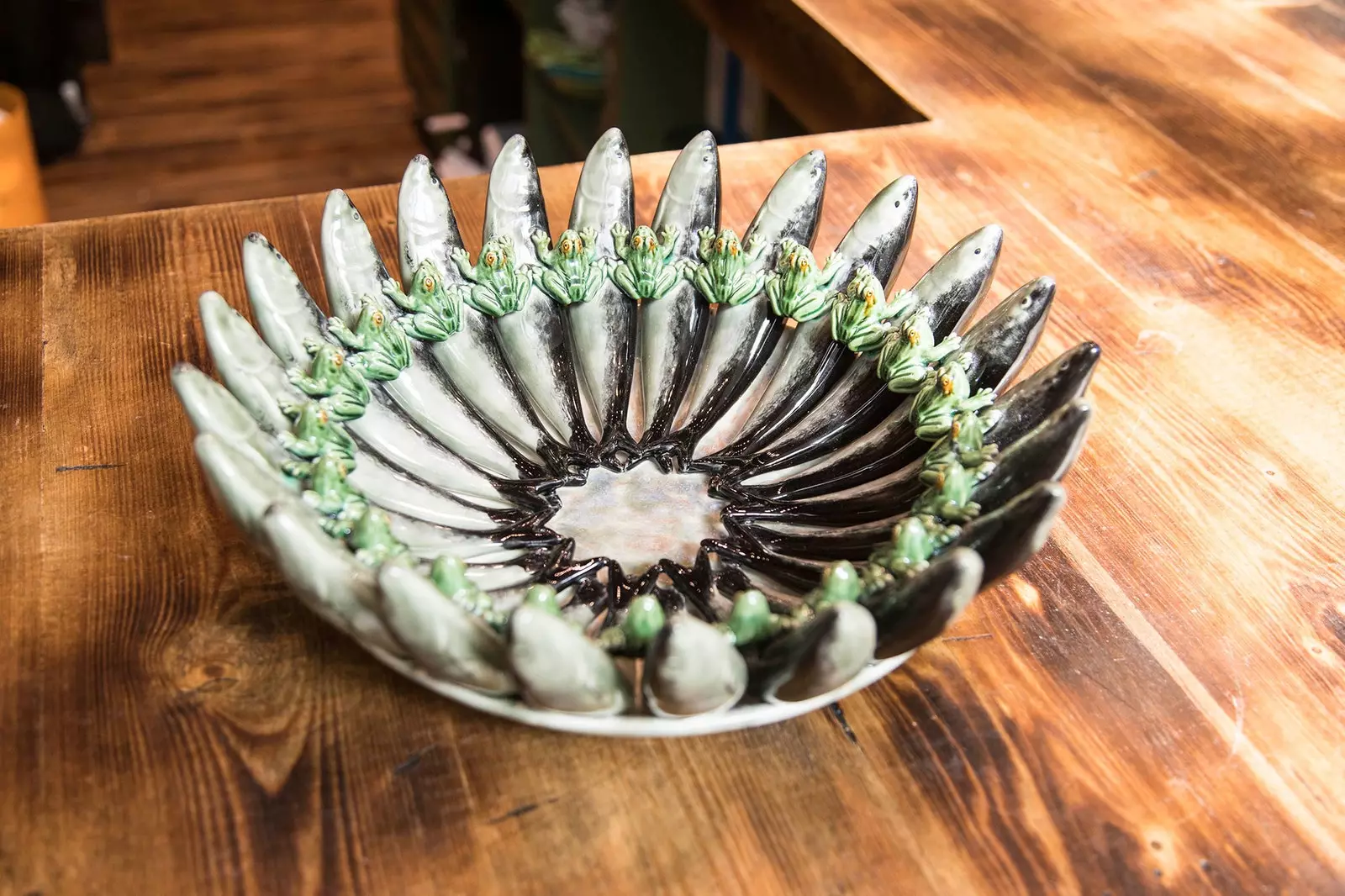
'Surf' piece, designed by Joana Vasconcelos for Bordallo Pinheiro.
